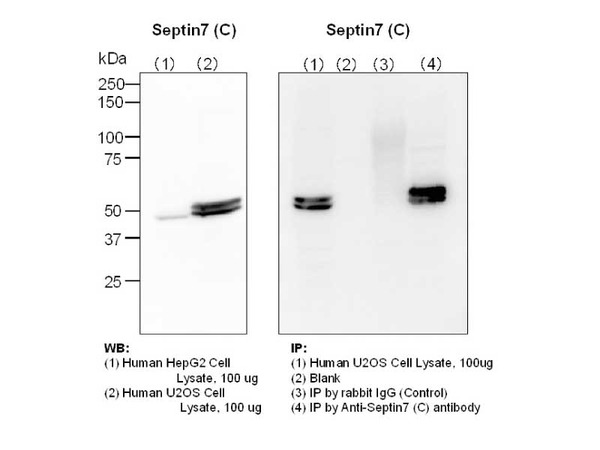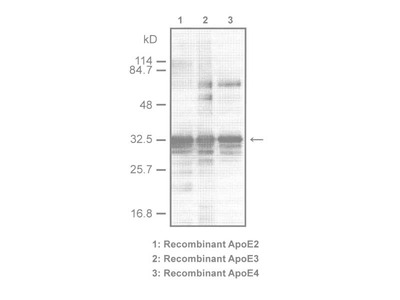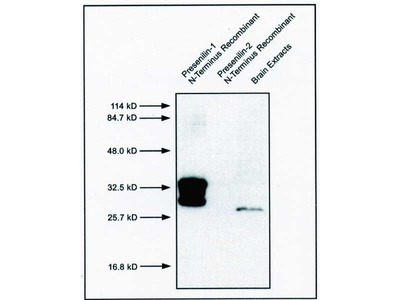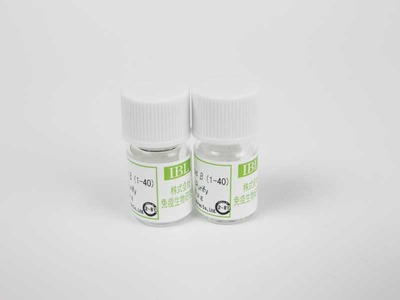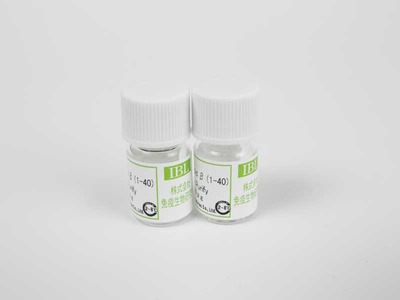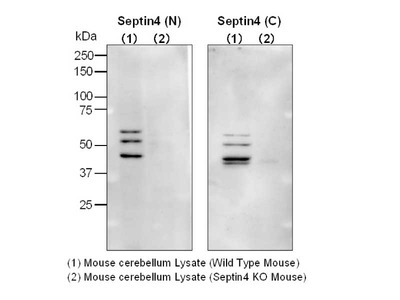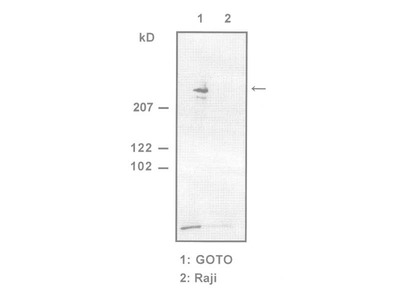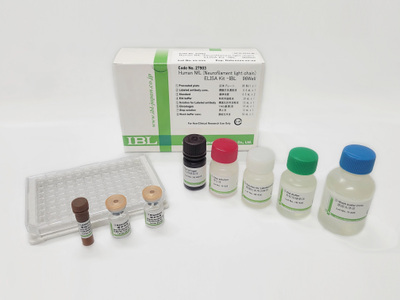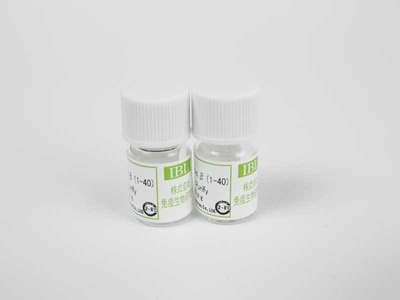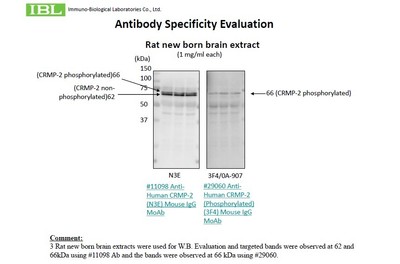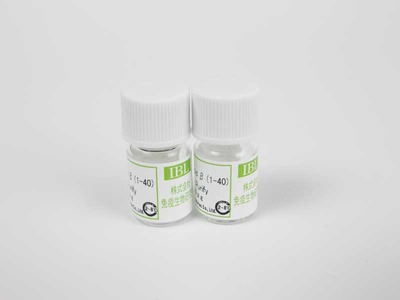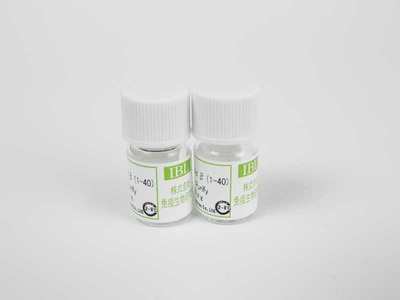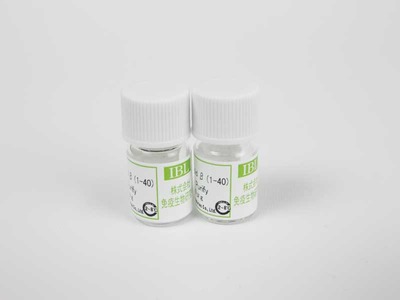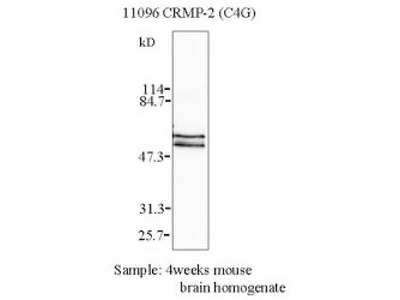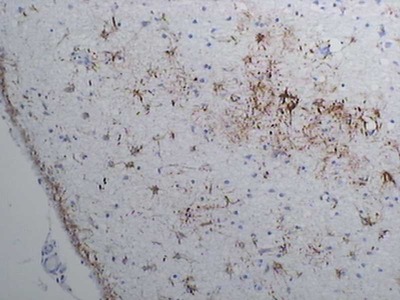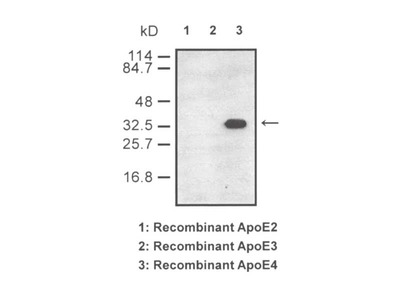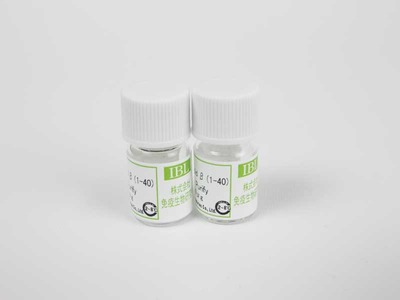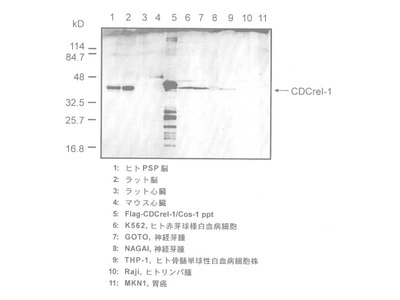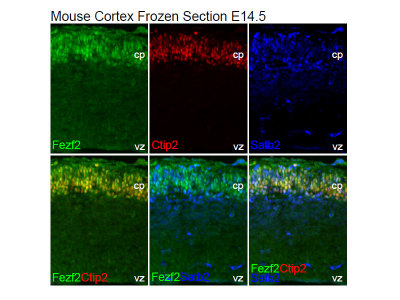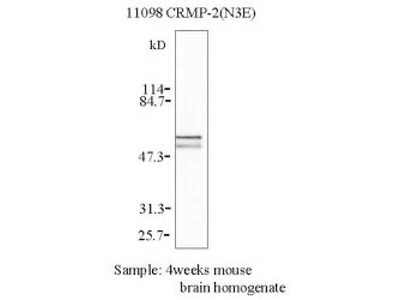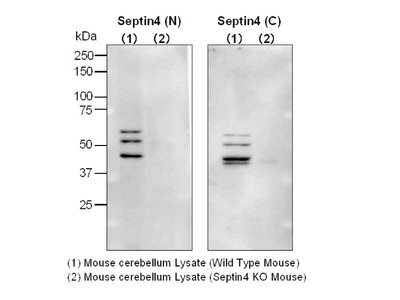- HOME >
- For Researchers >
- Product Search >
- Search Result >
- #18991 Anti-Human Septin 7 (C) Rabbit IgG Affinity Purify
Product Search
#18991 Anti-Human Septin 7 (C) Rabbit IgG Affinity Purify
- Intended Use:
- Research reagents
- Application:
- WB, IP, IHC
- Package Size1:
- 100 μg
- Package Size2:
- 10 μg
- Note on Application Abbreviations
- WB:Western Blotting
- IP:Immunoprecipitation
- IHC:Immunohistochemistry
※ The product indicated as "Research reagents" in the column Intended Use cannot be used
for diagnostic nor any medical purpose.
※ The datasheet listed on this page is sample only. Please refer to the datasheet
enclosed in the product purchased before use.
Product Overview
Product Overview
| Product Code | 18991 |
|---|---|
| Product Name | Anti-Human Septin 7 (C) Rabbit IgG Affinity Purify |
| Intended Use | Research reagents |
| Application | WB, IP, IHC |
| Species | Human |
| Immunizing antigen | Synthetic peptide of the C terminal part of Human Septin 7 (NSSRTLEKNKKKGKIF) |
| Purification Method | Purified with antigen peptide |
| Specificity | Cross-reacts with mouse and rat. |
| Package Form | Lyophilized product from PBS containing 1 % BSA and 0.05 % NaN3 |
| Storage Condition | 2 - 8℃ |
| Poisonous and Deleterious Substances | Applicable |
| Cartagena | Not Applicable |
| Package Size 1 | 100 μg |
| Package Size 2 | 10 μg |
| Remarks1 | The commercial use of products without our permission is prohibited. Please make sure to contact us and obtain permission. |
Product Description
Product Description
A cytoskeletal or scaffold protein family named “septin” has been shown to be involved in diverse phenomena in the living body, including cell division. The term “septin” is derived from “septation,” which means division. The protein was discovered as a GTP-bound protein (a polymer) indispensable for the division of yeast cells. Several to dozens of septin subunits are linked together to form filaments tens of nanometers in length. Multiple such filaments combine to form structures assuming the shapes of ribbons, rings or spirals, measuring on the order of submicrons in size. In multicellular organisms, septin is known to be involved in cell division as well as in diverse cell functions after differentiation, although the exact nature of its actions remain to be determined. Septin 7 (hcdc 10), one of the most important subunits of the mammalian septin family, is known to be expressed in all cells. Abnormal levels or locations of septin expression have been reported in humans with cancer, degenerative neurological diseases (e.g., Alzheimer’s disease), male sterility, etc.

